Cervical
- Artificial Cervical Disc Replacement
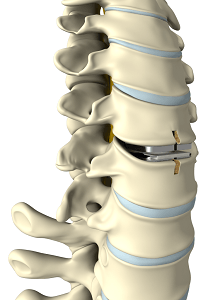
Disc degeneration reduces the height of the disc and may cause a Herniated disc.
Know More Launch Movie - Cervical Disc Replacement
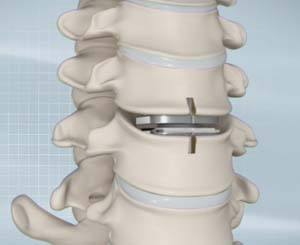
The cervical spine is located in the neck region and consists of seven bones arranged one on top of the other.
Know More - Cervical Bracing

Cervical braces are external devices used to provide support and restrict movement of the cervical spine in a variety of cervical conditions ranging from muscle spasm to severe spine instability or post-surgery.
Know More - Cervical Foraminotomy

Cervical foraminotomy is a surgical procedure performed to relieve the symptoms of a pinched or compressed spinal nerve by enlarging the neural foramen, an opening for the nerve roots to exit the spine and travel through the body.
Know More - Cervical Laminectomy
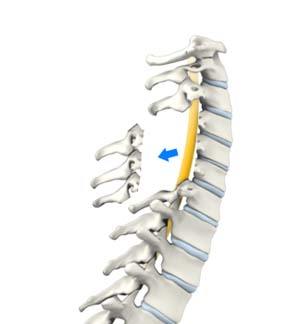
Degeneration of the facet joints and intervertebral discs results in narrowing of the spinal canal known as spinal stenosis.
Know More - Cervical Laminoplasty
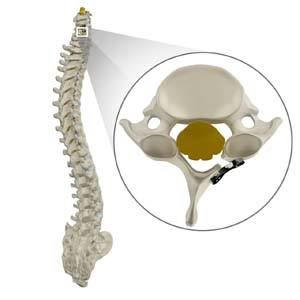
Degeneration of the facet joints and intervertebral discs that connect vertebrae to one another results in narrowing of the spinal canal, known as spinal stenosis.
Know More - Cervical Spine Fusion
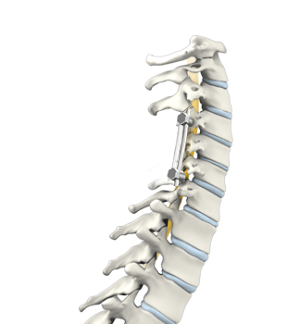
Your spine consists of a spinal cord supported by a series of interlocking bones called vertebrae.
Know More - Posterior Cervical Fusion
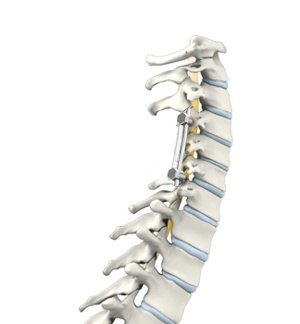
Posterior cervical fusion (PCF), a surgical procedure performed through the back of the neck, involves joining or fusing two or more damaged cervical vertebrae.
Know More - Posterior Cervical Decompression

Posterior cervical decompression is a surgical procedure performed through the back of the neck to relieve pressure over compressed nerves in the cervical spine region caused by inflamed spinal tissue or nerves, by removing portions of the cervical vertebrae.
Know More - Anterior Cervical Discectomy and Fusion
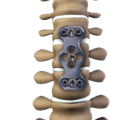
The vertebrae of the backbone are cushioned by intervertebral discs that act as shock absorbers and allow frictionless movement of your back.
Know More Launch Movie
Lumbar
- Lumbar Decompression
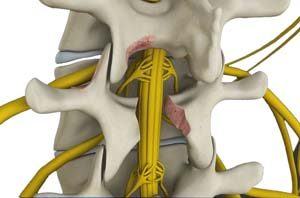
The spinal cord is protected by a bony column of vertebral bones, arranged one above the other. Injury or wear-and-tear can cause parts of the vertebrae to compress the nerves of the spinal cord, leading to pain, numbness or tingling in the part of the body that the nerve supplies.
Know More - Lumbar Discectomy
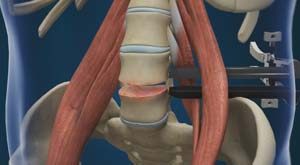
The lower back or lumbar region is often the site of pain due to its high mobility and weight-bearing.
Know More - Lumbar Endoscopic Discectomy

The lower back or lumbar region is often the site of pain due to its high mobility and weight bearing.
Know More - Lumbar Epidurals

Lumbar epidurals are injections to treat and relieve low back pain. A lumbar epidural involves injecting a local anesthetic and an anti-inflammatory steroid into the epidural space of the lower spine (lower back) to reduce inflammation causing the pain.
Know More - Lumbar Foraminotomy
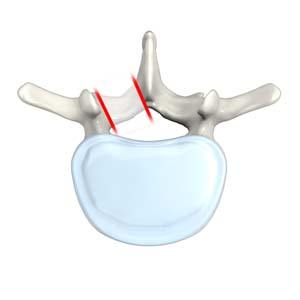
A lumbar foraminotomy is a surgical procedure that decompresses the spinal nerves by removing bone and other tissues that obstruct the neural foramen.
Know More - Lumbar Laminectomy

Lumbar laminectomy is a spinal surgery to relieve excess pressure on the spinal cord or nerves within the spinal canal in the lumbar or lower back region.
Know More Launch Movie - Lower Back (Lumbar) Surgery

Lower back pain is one of the most common health problems experienced by most individuals, at different phases of their lives.
Know More - Lumbar Interbody Fusion

Lumbar interbody fusion (LIF) surgery is a surgical technique that involves the removal of a damaged intervertebral disc and the insertion of a bone graft into the disc space created between the two adjoining vertebrae.
Know More - Lumbar Microdiscectomy

Microdiscectomy is a surgical procedure employed to relieve the pressure over the spinal cord and/or nerve roots, caused by a ruptured (herniated) intervertebral disc.
Know More - Lumbar Medial Branch Block

A medial branch block is a procedure in which a mixture of a local anesthetic with or without a corticosteroid is injected near the medial branch nerves supplying a facet joint. A lumbar medial branch block prevents the transmission of pain signals from the lower back.
Know More - Lumbar Spinal Fusion

The surgical technique of combining two or more vertebrae is known as spinal fusion.
Know More - Lumbar Spinal Bracing

Lumbar braces are external devices used to restrict the movement of the lumbar spine and provide support and stability to the lower back region, to relieve back pain and promote healing after surgery or injury.
Know More - Posterior Lumbar Fusion
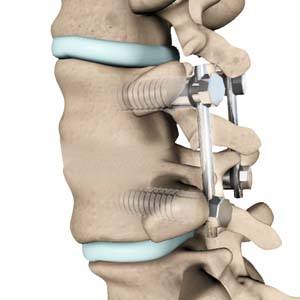
Spinal fusion, also called arthrodesis, is a surgical technique used to join two or more vertebrae (bones) within the spine. Lumbar fusion is the fusion the vertebrae in the lumbar portion of the spine (lower back).
Know More Launch Movie - Posterior Lumbar Interbody Fusion
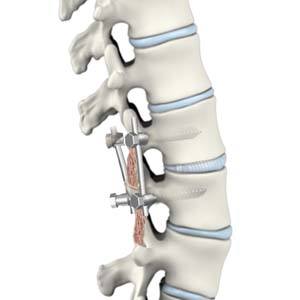
Spinal fusion is a surgical technique that joins two or more vertebrae in the spine to minimize the pain caused by the movement of these vertebrae.
Know More - Transforaminal Lumbar Interbody Fusion (TLIF)
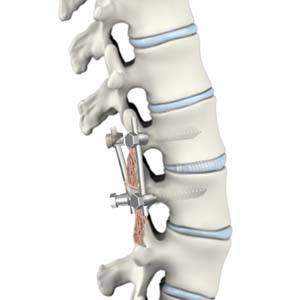
Transforaminal lumbar interbody fusion (TLIF) is a type of spinal fusion procedure in which bone graft is placed between the affected vertebrae in the lower back (lumbar) region through an incision on the patient’s back.
Know More
Thoracic
- Thoracic Discectomy

The human spine provides support to the body allowing you to stand upright, bend, and twist. The spine can be broadly divided into the cervical, thoracic, and lumbar spine. The thoracic spine lies in the mid-back region between the neck and lower back and is protected by the rib cage.
Know More - Thoracic Laminectomy

The vertebral column supports the back and protects the spinal cord that runs through it.
Know More - Thoracic Spine Decompression

Thoracic spine decompression is a procedure to relieve pressure on the spinal nerves in the middle portion of the back.
Know More - Thoracic Spine Fracture Repair Surgery

Spinal fractures occur most commonly in the thoracic (upper back) and lumbar (lower back) regions, and at the thoracolumbar junction.
Know More - Thoracic Spine Trauma Surgery

Trauma to the spine can injure the vertebral bones as well as the spinal cord and spinal nerves.
Know More - Thoracic Vertebroplasty

Osteoporosis is a “silent” disease characterized by weakening of bones, making them more susceptible to fractures (vertebral compression fractures), typically in the hip and spine.
Know More - Posterior Thoracic Fusion

Posterior thoracic fusion is a spinal fusion procedure performed through an incision on the back (posterior) of the patient in which two or more vertebrae of the thoracic spine (mid back) are joined together, eliminating any movement between them.
Know More
Others
- Minimally Invasive Spine Surgery
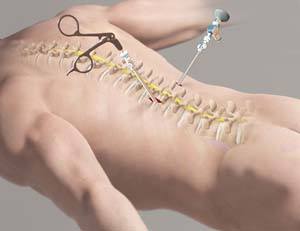
Minimally invasive spine surgery (MISS) is the latest technology available to perform spinal surgeries through small, less than one-inch-long incisions.
Know More - Image-Guided Spine Surgery

The spine is a complex 3-dimensional structure that is interspersed with a complex lattice of delicate blood vessels and nerves.
Know More - Revision Spinal Surgery

Revision spine surgery is surgery performed in certain patients to correct the problems of earlier spine surgery.
Know More - Robotic Spine Surgery

Robotic spine surgery is a procedure where your surgeon is assisted by a robotic system to perform surgery to the spine.
Know More - Complex Spine Surgery

Complex spine surgery is a procedure that involves six or more vertebrae of the spinal column, requiring six or more hours of surgery to correct a spinal deformity. Complex spine surgery is very difficult to perform and demands the highest level of patient dedication to be successful.
Know More - Spinal Fusion
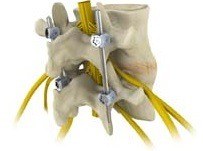
Spinal fusion is the surgical technique of combining two or more vertebrae.
Know More - Spinal Decompression

Spinal decompression is a treatment to relieve pressure on one or many “pinched nerves” in the spinal column.
Know More Launch Movie - Spinal Nerve Blocks

A spinal nerve block is the injection of an anesthetic and steroid medication around the spinal nerve root to diagnose or treat pain.
Know More - Epidural Steroid Injections
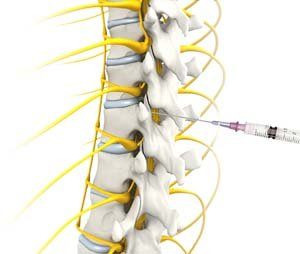
Epidural steroid injection (ESI) is a minimally invasive approach to treat inflammation of spinal nerves that causes pain in the neck, arms, back and legs.
Know More Launch Movie - Transforaminal Epidural Steroid Injection

The epidural space of the spine is the area between the vertebral bones and the protective dura sac that surrounds the spinal cord and nerves.
Know More Launch Movie - Foraminoplasty

Neural foramina are small canals at every level of the spine through which nerves leave the spinal cord and go to the limbs and other parts of the body.
Know More - Microdiscectomy

- Laminectomy
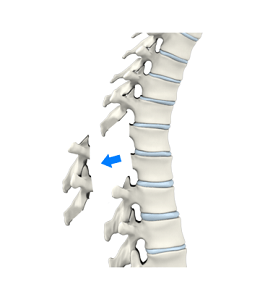
Degeneration of the facet joints and intervertebral discs results in the narrowing of the spinal canal, known as spinal stenosis.
Know More - Vertebroplasty
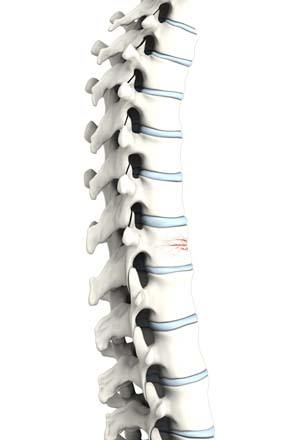
Vertebroplasty is a minimally invasive procedure performed to reduce or eliminate pain caused by a vertebral compression fracture. It stabilizes the fracture and prevents further collapse of the vertebra, averting deformity.
Know More Launch Movie - Radiofrequency Ablation

Radiofrequency ablation (RFA), also called rhizotomy or neurotomy, is a novel non-surgical technique of treating pain.
Know More - Outpatient Spine Surgery

Outpatient spine surgery is an operative procedure that does not require an overnight stay at the hospital.
Know More - Spinal Infection Stabilisation

The spine is made up of many bones called vertebrae which surround and protect the spinal cord.
Know More - Spine Osteotomy
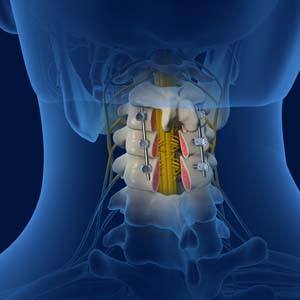
Severe spinal deformity may occur in conditions such as Scheuermann's kyphosis, iatrogenic flat back, post-traumatic, neuromuscular, congenital and degenerative disorders, and ankylosing spondylitis.
Know More - Spinal Tumor Surgery
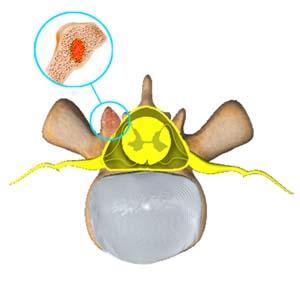
A spinal tumor is an abnormal mass of tissue surrounding or found within your spinal cord and/or spinal column.
Know More - Spinal Cord Stimulator

A spinal cord stimulator is a device that sends electrical impulses to the areas of the spinal cord causing pain and interferes with the transmission of pain signals to the brain.
Know More Launch Movie - Posterior Scoliosis Surgery

The spine is the backbone of the body.
Know More - Removal of Facet Joint Cyst

Facet joint cysts, also called synovial cysts, are benign, fluid-filled sacs that develop due to degeneration of the facet joints of the spine.
Know More - Non-Surgical Treatment for Disc Disease

The spinal column consists of vertebral bones stacked one on top of the other, surrounding and protecting the spinal cord.
Know More - Physical Therapy for the Spine

Physical therapy is one of the foremost necessary treatment modes of recovery for back pain.
Know More



